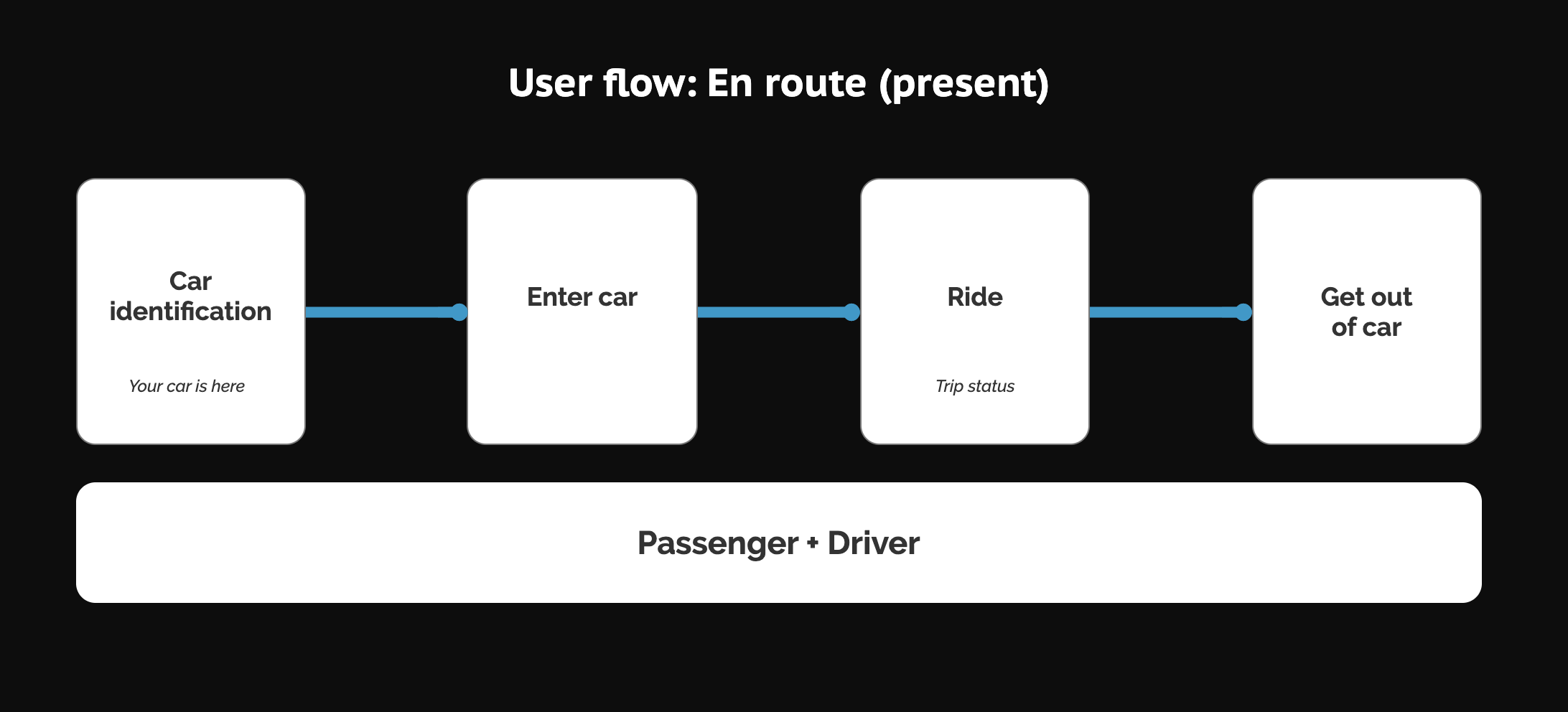Week 2: organising thoughts and ideas.
I started the week by researching about how people with different disabilities deal with the driving experience. For this I found several YouTube videos where people explain the opportunities and difficulties they face with their mobilities in their everyday lives from a first hand perspective. From people with limited sight to people with hearing problems.
As I don’t have any disability and no one around me has, it was important for me to see and listen what people who have them had to say so I could explore design opportunities through listening to the users I want to design for.
After putting together all the research I had conducted so far, I struggled with trying to make sense from all of it: the different actors that take part in the car hiring experience, the tools available, the wide characteristics of the users with different levels of disabilities, the context they fit in, etc. In order to clarify all my thoughts and move on with my project I created different diagrams that would help me canalise my design ideas into something doable.
This diagram provides the big picture of the context my later outcome will likely fit in. In this plausible future, users will own a smart device (smartphone) that will enable them to hire cars through a service provided by a private company. Another company will, or maybe the same one, manufacture the autonomous vehicles that the car hiring service provider will need to carry out their business. What I propose in this diagram is that users need to be connected to the AV in order to know their status and receive constant feedback from them. This connection can be made through the service provider or directly by connecting the car with a smart device.
Next I decided to analyse one of the different phases of car hiring services by mapping the user flow of the experience. The whole experience can be divided into three groups: the booking of the service, the en route and the after arrival. In this case and as a starting point, I focused on the en route part, as I believe is more more sensitive to sensorial capabilities than the other two.
This diagram corresponds to the en route experience on today’s car hiring service experience. What is important about this is that there’s two people (driver and user) involved in it. With autonomous vehicles, people will be able to book an AV which will transform the experience and leave it to only one person involved: users.
How will the 4 steps of the en route experience change if there’s one the passenger involved and no other human being? And how will this changes be designed to enable disabled people use this type of services? These are questions that I want to address in this project.
Again, as a starting point, I dug deeper into one of the four steps mapped in the previous diagram, the ride part of it. I thought of some possible feedback messages that user will likely need to trust AVs when users are inside the car and on their way to their destinations, something that I’ve categorised as trip status. What these messages will help me with is to find about ways to deliver them through multimodal interfaces.




